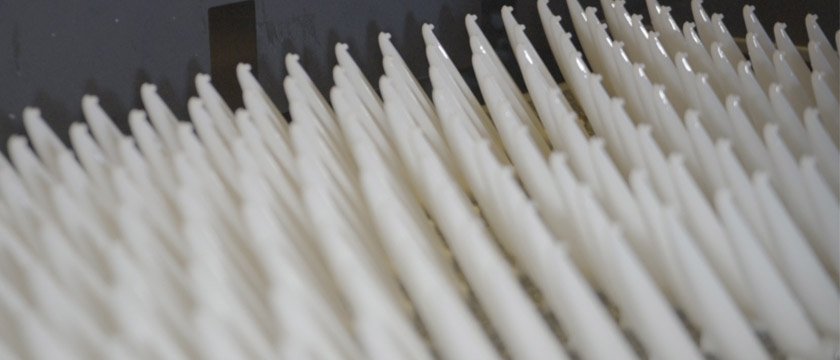Low-Volume Manufacturing
(2020年01月19日)What is Low-volume Manufacturing?
Small batch trial production is a transitional link from small trials to pilot tests to industrial production. Prior to mass production, all formal production tooling, processes, equipment, environments, facilities, and cycles are scheduled to produce appropriate small batch quantities to verify product design plausibility and manufacture ability.
Duch Group is professional china rapid prototype suppliers and we have the world's leading china prototyping, SLA 3D printing, CNC machining, vacuum molding, low pressure infusion and other technologies. We also provide one-stop low volume manufacturing service from product design to prototype verification, rapid mold manufacturing to small quantity batch production.
Advantages of Low-Volume Manufacturing
Flexible
Saving cost
Short production period
Efficient and fast
Quality assurance
Meeting the requirements of personalized customization
Applications of Low-Volume Manufacturing
1. SLA 3D printing
3D printing has a unique advantage in product concept design, prototyping, product review, and functional verification. We could manufacture prototype from CAD digital model directly by SLA, with fast processing speed, short production cycle, no need for cutting equipment and molds. Besides, we it could machine prototypes and molds with the complex structural shapes or being difficult to form by the traditional methods, and the finished prototypes and molds have high precision. 3D printing is applied in the various field, and it could be customized for small batch production.
2. RIM:Reaction Injection Moulding
RIM technology produce parts by the simple molds, such as aluminum molds, resin molds, and ABS molds. Resin molds are used more commonly, because resin molds are lower cost and the resin molds are manufactured faster compared with the aluminum. RIM technology is suitable for the small batch trial production pf the product development process, which is used in the automotive industry, medical products and instrumental housings, car bumper, car hood, etc. All in all, RIM technology could manufacture small batch production parts with the large and simple structure, and the plastic parts with the uneven thickness.
3. Vacuum Casting
The vacuum casting technology uses the prototype of the product to make silicone molds under vacuum status, and adopts materials such as PU, ABS etc. to manufacture parts under vacuum status which is the same as with the prototype of the product. This method is suitable for small batch production especially . It is a low-cost solution to solve experimental production and small batch production during the short time, and it also could meet the functional test of some engineering samples with complicated structure . All in all, the vacuum casting technology is suitable for the simple test and the needs of the conceptual design.
http://www.duchgroup.com/services/low-volume-manufacturing.html
- このできごとのURL:


コメント